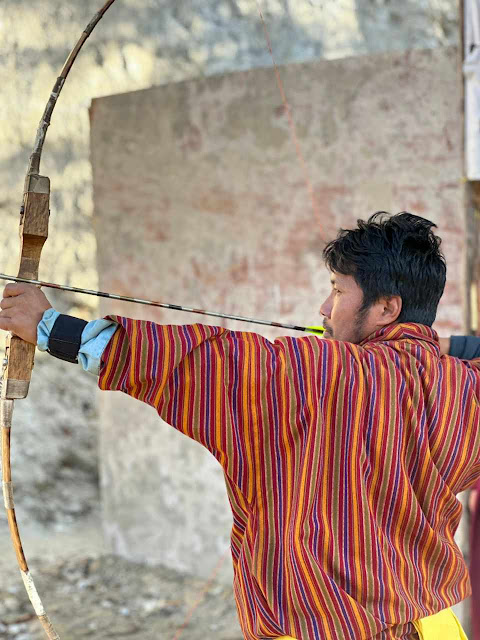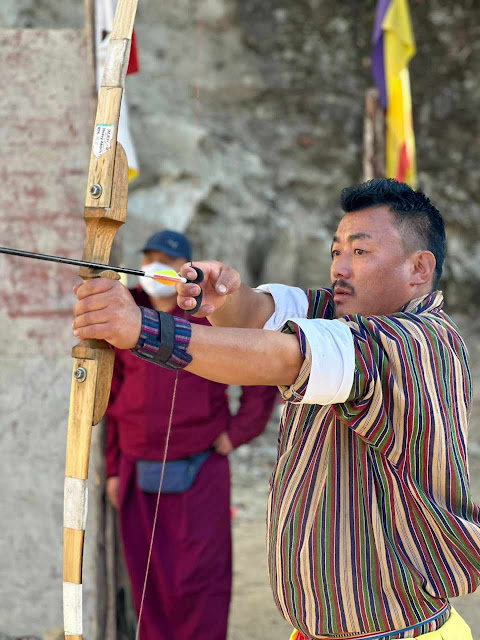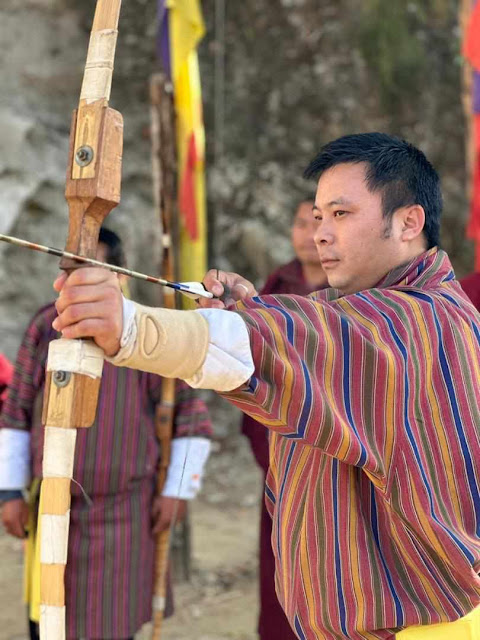We need to know the meaning of Tara’s mantra, OM TARE TUTTARE TURE SOHA, when we recite it. OM TARE means “She is the One who swiftly comes to help.” TUTTARE means “She is the One who dispels all my fear.” And TURE means “She is the One who fulfils all my wishes.” One needs to be fully aware of the meaning of the three aspects of her mantra and be confident that she has the ability to really help; otherwise one would resemble a bird merely twittering in the treetop while reciting her mantra.
Without the syllables OM at the beginning and SOHA at the end, her mantra consists of three Sanskrit words that describe her Buddha activities.
TARE stands for her Tibetan name Myur-ma dPha’-mo and means “She is the swift heroine.” Myur-ma means ”swift,” i.e., she doesn’t hesitate and helps living beings who supplicate her very fast. dPha’-mo is the femine gender for the term “hero,” which means to say that she is extremely determined and courageous to help those who pray to her.
TUTTARE is the Sanskrit term for her Tibetan name ‘Jigs-pa Sel-ma and means “She is the One who dispels fear.” She has the ability to dispel any fear that we have, and we do constantly live our lives driven by fear of one kind or another. For example, wealthy people live in fear of robbers and thieves and poor people fear not being able to find a job. After a couple gives birth to an offspring, they fear that their baby will get into trouble. There are so many kinds of fear that are obstacles, for instance, fear of not accomplishing a goal or of not being able to finish a job. This has nothing to do with the work itself, rather it is fear that is created in one’s own mind. Problems are created by hopes and fears that everyone has. For example, if one is given medicine when one is sick, one has fears and doubts that it will help. Whether ones fear is strong or weak, it is very helpful to supplicate Arya Tara, because she is able to dispel and eradicate any fear that one may have.
TURE is the Sanskrit term in her mantra for her Tibetan name ‘Död-kün-sbyin-pa’i-Drolma and means “She is the Liberator who fulfills all wishes.” We all have wishes and experience obstacles while trying to achieve our aims. Therefore, if we supplicate Arya Tara and ask her to help us overcome our obstacles, then our wishes will be fulfilled. So, she is the One who grants all wishes.
--- Venerable Chöje Lama Phuntsok
calligraphy by 17th Gyalwa Karmapa Ogyen Trinley Dorje
















































